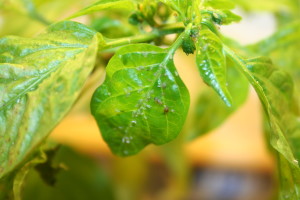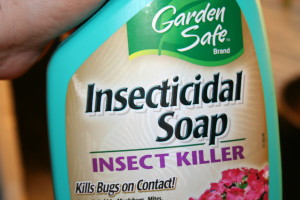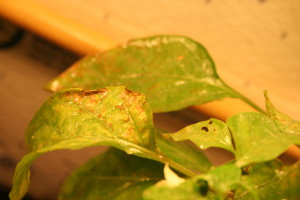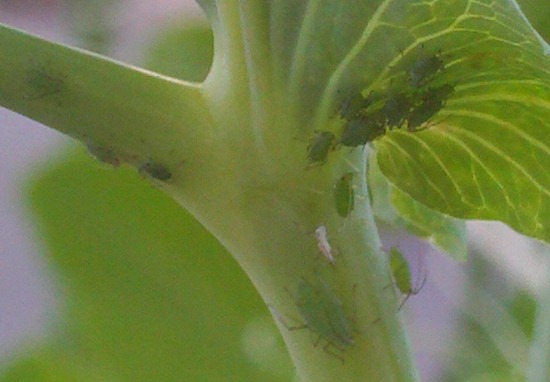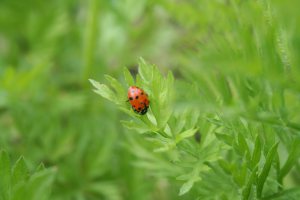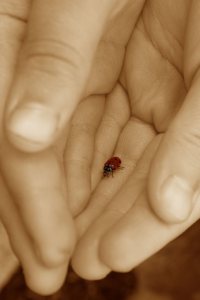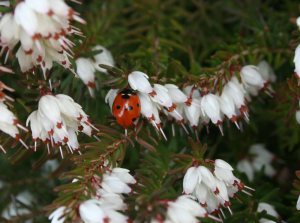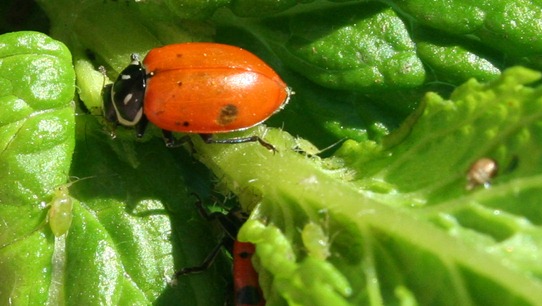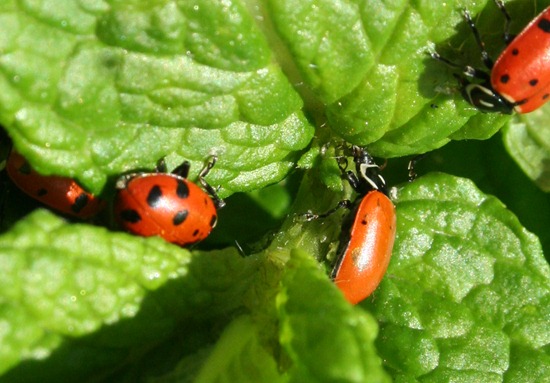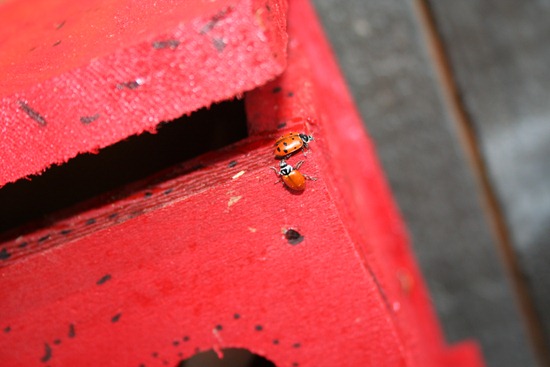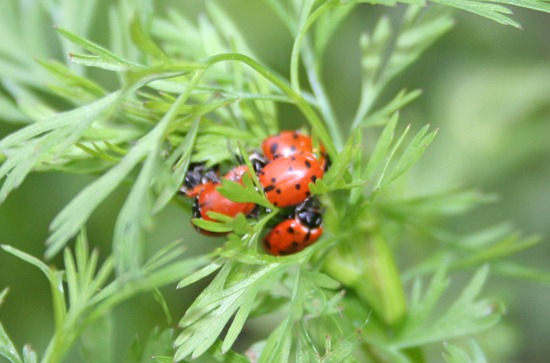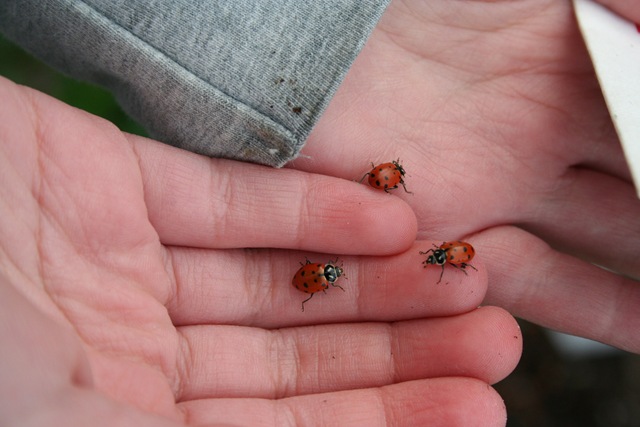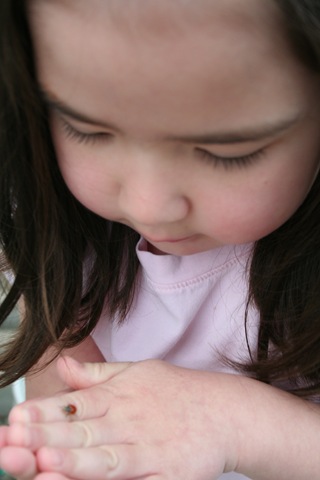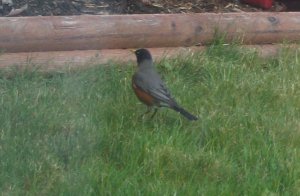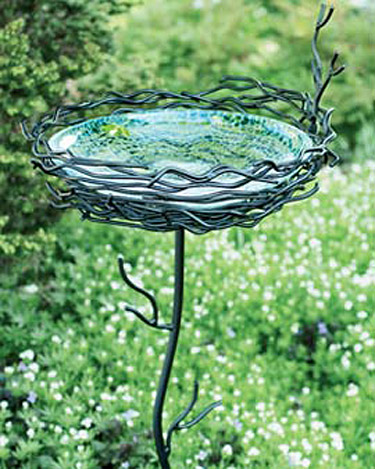Getting rid of aphids on pepper plants
14.9 years ago aphids, brown spots, ladybugs, peppers 45 Comments
It can be difficult getting rid of aphids on plants in your garden. Fortunately you can get rid of those aphids with materials you have in your kitchen.
First of all I am a little embarrassed that I let the infestation get this bad before noticing. I unfortunately set the grow box to have the sunrise at 1:00am and the lights always were off by the time I got home. Though the cause is not as important as how to get rid of them.
If this plant was outside my local lady bug population would have kept these buggers in check though they seemed to thrive without the vicious predators. For an outdoor plant a quick high pressure spray of water on the the leaves (as well as underside of leaves) would take care of the problem. Though this does not kill the aphids, they will starve to death before they make it anywhere to do any more damage.
This has not been my first battle with aphids, so fortunately I had some insecticidal soap on hand. I sprayed the entire plant from the top and bottom. I removed the major yellowing leaves and did another quick spray. Now if you don’t have any insecticidal soap, or just want to save $5 on buying a bottle here are a couple of proven recipes:
Simple Aphid Killer Spray
- 1 tsp dishwashing soap
- Fill 32 oz spray bottle with water
Directions:
Shake and spray liberally on tops and bottom of leaves ensuring aphids are covered completely.
Complex Aphid Killer Spray
- 1.5 tablespoon baking soda
- 1 tablespoon Murphy’s Oil Soap
- 1 tablespoon Vegetable Oil
- 1 tablespoon Vinegar
- 1 gallon water
Directions:
Pour into spray bottle and spray liberally on tops and bottom of leaves ensuring aphids are covered completely.
Extra Spicy Aphid Killer Spray
- 3 hot peppers chopped finely
- 1 quart of water
Directions:
Mix peppers with water and let seep overnight. Strain and pour into spray bottle and spray liberally on tops and bottom of leaves ensuring aphids are covered completely. WARNING: You care not to get this spray in your eyes.
US Department of Agriculture Mix
- 2 tsp dishwashing soap
- 1 cup of vegetable oil
- Fill 32 oz spray bottle with water
Directions:
Shake and spray liberally on tops and bottom of leaves every 9-10 days, ensuring aphids are covered completely.
If none of these solutions work, squish those buggers with your fingers being sure to include a sinister laugh while doing it. Which even if you are squeamish, this is what you will see if you let them have their way.
